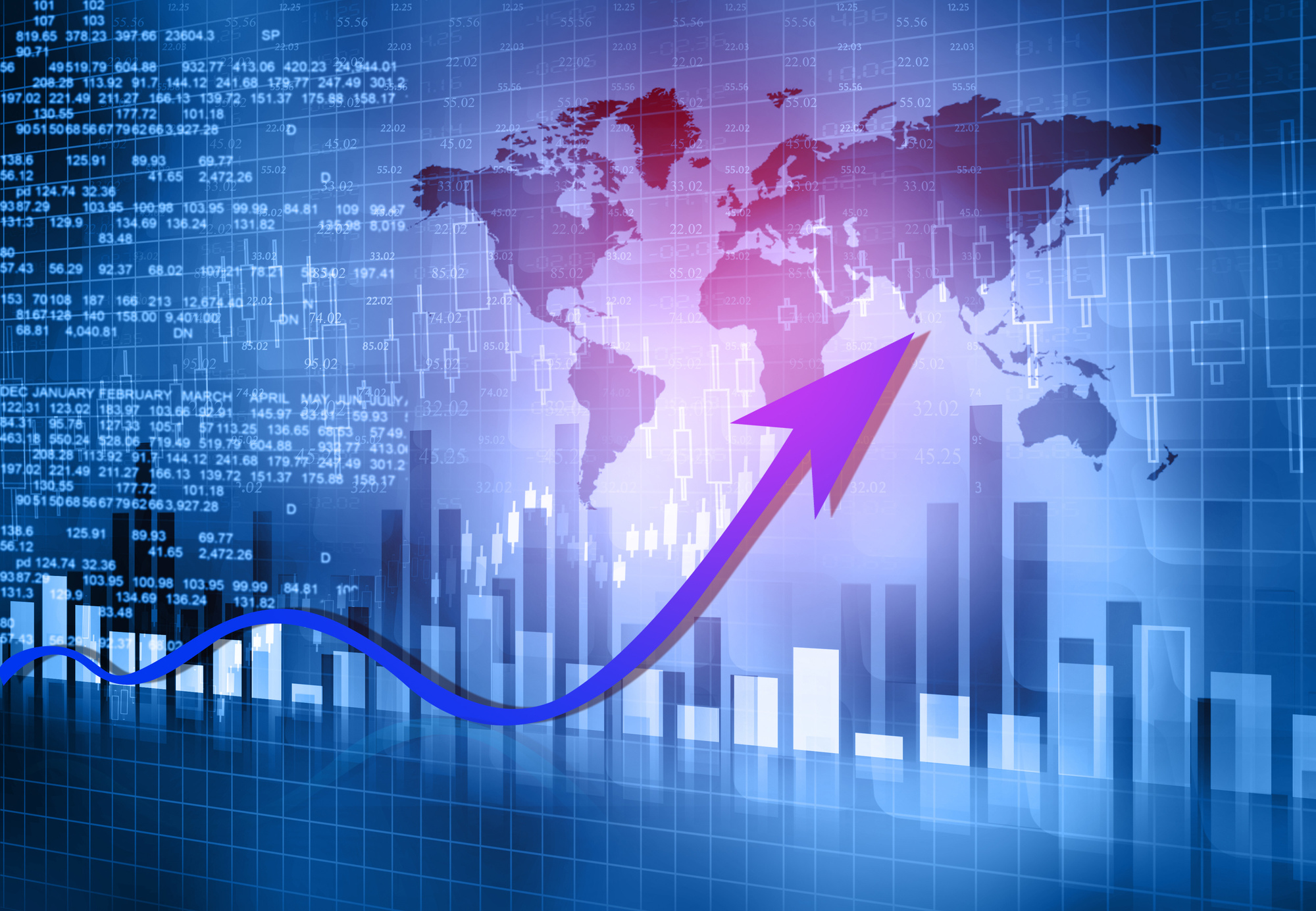With over 54 million adults, the US trading population is one of the biggest worldwide. The truth is, trading has the potential to help you create wealth, provided you do it right.
One of the best ways to make money trading is to adopt the right trading system or strategy for your situation. Without a trading system, you’re shooting in the dark, and the chances of losing money are high.
But exactly what is a trading system? What types of trading systems exist, and which should you choose?
If you’re asking these questions, you’ve come to the right place. This comprehensive guide tells you all you need to know about trading systems.
What Is a Trading System?
A trading system refers to a set of trading rules based on fundamental analysis or technical indicators. Trading systems tell traders how and when to trade. These systems often act as a blueprint for trading.
Without a trading system, you may get lucky a couple of times, but you can’t consistently make profits.
What Types of Trading Systems Are There?
As we hinted earlier, there’s a variety of trading systems that traders can take advantage of. Here are some of the most popular ones.
Algorithmic Trading Systems
Also known as black-box trading, algo-trading, or automated trading, algorithmic trading entails following a defined set of programmed instructions when placing a trade. Automated trading systems make it possible to generate profits at a frequency and speed that’s impossible for human traders. KJ Trading Systems is a good example of algorithmic trading.
Typically, algo-trading rules are based on price, quantity, timing, and other mathematical models. These AI trading systems are highly systematic and rule out the impact of human emotions.
With algo-trading, you get to execute trades at the best possible prices. Moreover, all trades are timed instantly and correctly, which means there aren’t significant price changes. And with little human intervention, there are fewer transaction costs and manual errors.
Alternative Trading Systems
Alternative trading systems are trading venues that match buyers and sellers for transactions. Unlike traditional stock exchanges, an alternative trading system (ATS) isn’t regulated.
An ATS is especially helpful when you wish to conduct significant quantities of trading, such as is done by many professional traders and investors. That’s because with an ATS, you can avoid such issues as the skewing of the market price. Typically, trading done with ATS isn’t available to the public.
Here are some examples of alternative trading systems.
Electronic Communication Networks
These enable you to trade directly, without the need for an intermediary. So traders from any geographical location can trade easily. Another advantage is that you can trade outside the conventional trading hours associated with most stock exchanges.
Dark Pools
Dark pools are a form of trading done through private exchanges. This type of trading usually involves massive volumes of securities and is conducted by institutional investors. Because of the secrecy shrouding this type of trading, dark pools often attract controversy.
Crossing Networks
Crossing networks, like dark pools, involve trading outside of the public eye. The accounts conducting the trades are anonymous in many cases. The benefit is that the price of securities doesn’t get affected.
Note that both crossing networks and dark pools are perfectly legal.
Call Markets
This type of trading entails grouping orders together until these orders reach a given number before you execute a transaction. So you only execute trades at predetermined intervals.
One of the most important components of call markets is auctioneers. They match a traded security’s supply and demand before they arrive at the equilibrium clearing price.
Manual Trading Systems
Just like the name suggests, manual trading entails human decision making when it comes to trading activities. It’s different from automated trading that employs programs based on instructional criteria.
That said, manual traders can also use computer programs when consolidating information. Often, these traders set automated indicators for alerts of potential trading opportunities. But in all cases, human input is needed to authorize trades.
There are different approaches to manual trading.
Buy and Hold
This strategy involves purchasing investments whose value you believe will appreciate in the long term. Trades, in this case, are infrequent.
So traders opt to do purchases and sales manually when the opportunities arise. You decide either to sell at a predetermined price or when there’s a clear indicator that it’s time to exit the market.
Swing Trading
Swing trading involves purchasing trades that last anywhere between a couple of days to a few months. The goal is to take advantage of a projected price move, sell at a profit, and move to another opportunity.
Day Trading
As the name implies, day trading involves making different transactions per day. The goal is to take advantage of price movements during the day.
Manual trading systems have several benefits. One of them is that you’re always in complete control over the trading process.
Additionally, since you’re not bound by a specific strategy, you steer clear of some of the risks using a forex robot brings. For instance, some robots don’t make accurate decisions based on the prevailing market scenario. A manual system allows you to use qualitative factors to make more precise judgments, which can lead to higher profits.
Use the Right Trading System for You
Trading is an art that takes time and patience to master. It often involves experimenting with different trading systems until you finally hit one that works best for you. The essential thing is to thoroughly examine every trading system you’re about to use to minimize your risks and increase the potential for making a profit.
Are you interested in reading more content on how to trade successfully? Keep reading our website for featured articles.




